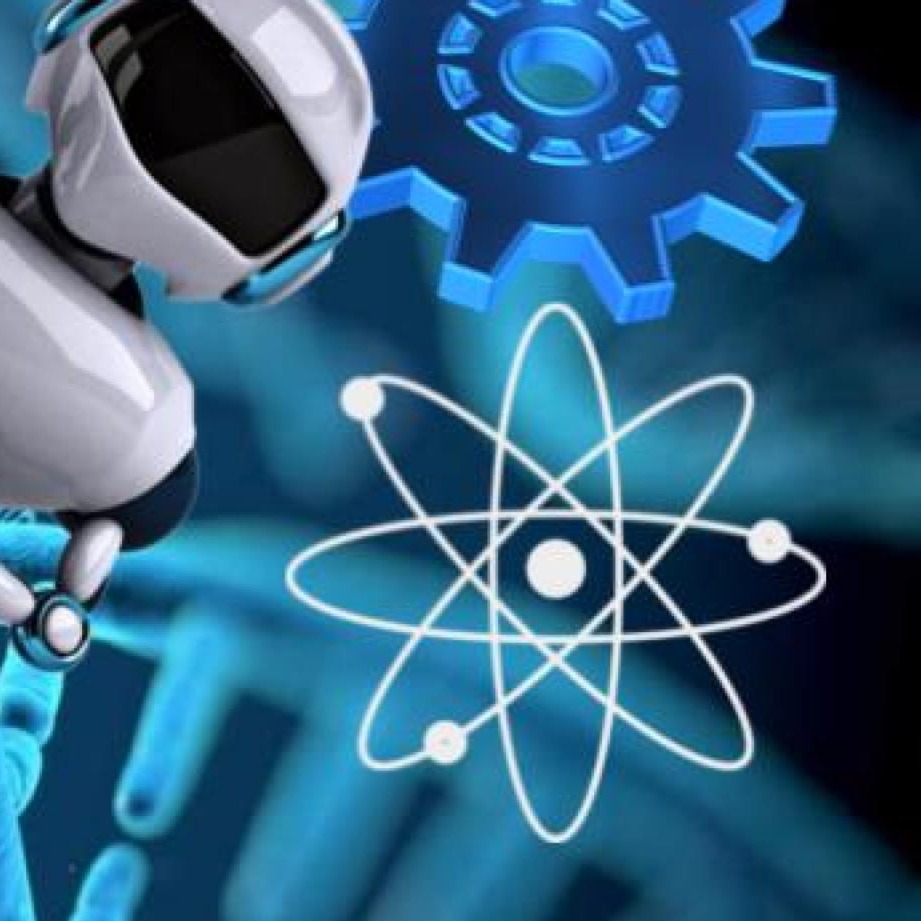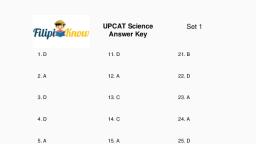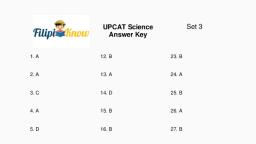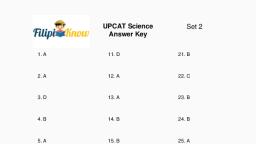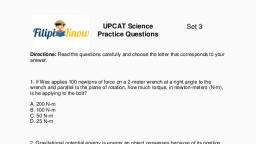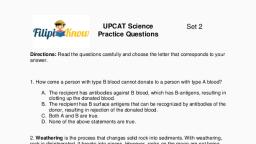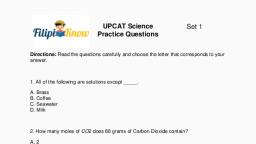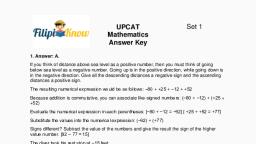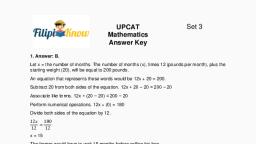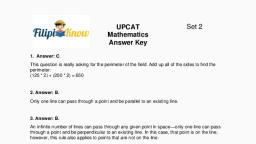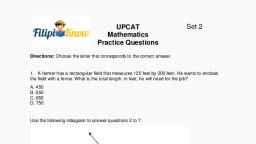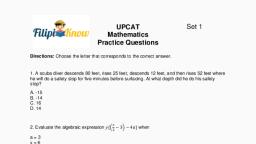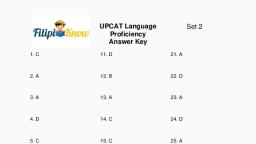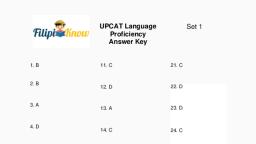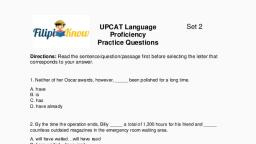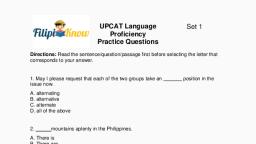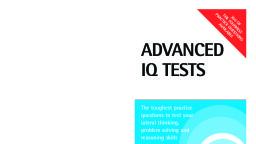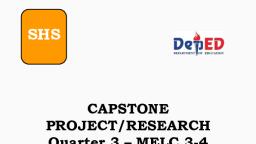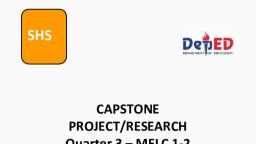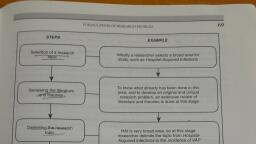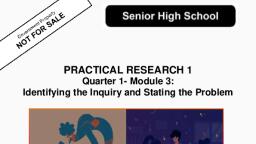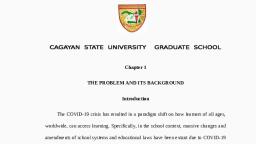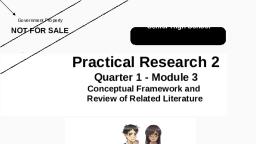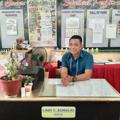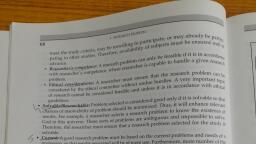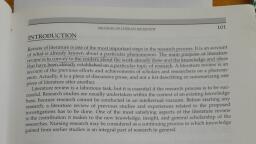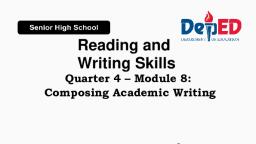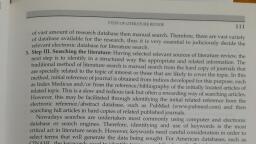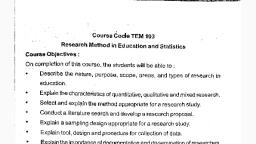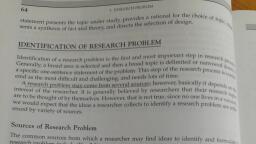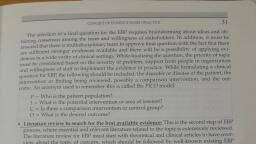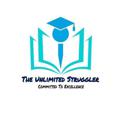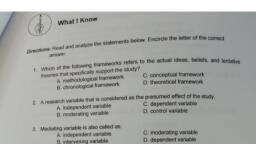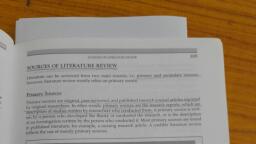Page 1 :
Senior High School, , PRACTICAL RESEARCH 1, Quarter 1- Module 4:, Learning from Others and, Reviewing the Literature, , , , aad 5, , Ss
Page 2 :
Literature Review, , , , , , , , Literature is an oral or written record of man’s significant experiences that are, expressed in an ordinary manner. It is conveyed directly or indirectly. Direct, expressions is in books, journals, periodic papers, and online reading materials., Indirect expressions are not written or spoken at all but is mirror image of his, environment (Ridley 2012)., , The Review of Related Literature is one of the main components of a research, study, specifically in the second chapter. It gives an overview of all the writings, relative to a specific topic (Prieto, Naval & Carey, 2017). Therefore, selecting the, right sources for the literature review is very important in producing a quality, research paper., , What’s In?, , In the previous lessons, you learned the importance of understanding the value, of qualitative research: its kinds, characteristics, uses, strengths, weaknesses,, specificity, and the feasibility of the study. A good introductory page is a baseline, statement of what and how a paper should go fluidly. However, a review of related, literature will strengthen your claims of a systematic, purposeful, and well-defined, research paper. In this part, you will be exploring the process or reviewing related, literatures.
Page 3 :
ae What is New?, Activity 1.1, , Picture Analysis, Directions: Examine the image below. What does it tell you?, , , , Write your answers here, , , , , , , , , , What Is It?, , A review of related literature is the process of collecting, selecting, and reading, books, journals, reports, abstracts, and other reference materials. The following, information may be collected:, , 1. Background knowledge about the problem and associated ideas., , 2. Theories that give details of the presence of the problem and certain variables, that is connected to the problem., , 3. Data that prove the occurrence and gravity of the problem, , 4. Detailed and broad results of related studies, , 5, Gaps and recommendations for additional study specified in related studies, , The significance and rationale of related literature and studies is to find out, the similarities and differences between the past and present studies, to get ideas, into the critical and controversial aspects of the problem. It helps recognize and, define a research problem. It gives the researcher a background analysis aspect,, which have been studied. It guides the researcher on what to do on the mechanism, of the research methods; this also provides the thoughts to advance with the study, until its conclusion. It avoids redundant duplication of a study. Moreover, reading, extensively will enrich your background knowledge on your research topic that will, enable you to establish a good groundwork or course of your research endeavor.
Page 4 :
| What’s More?, , Activity 1.2, , Write on a sheet of paper a topic you are most interested to explore. Enumerate, at least three ways on how you will look for the information and data needed about, the chosen topic. Share important information that you would like to probe on the, chosen subject. For example, the topic is gender inequality among TVL (Technical, Vocational Technology) learners. What are you interested most? Is it the difference, in quantity of work? Is it the difference in quality of work? Alternatively, is it the type, of PPE (Personal Protective equipment)?, , Follow the example and fill in your answers in the blank provided., , Introduction: What is the topic of my literature review?, Example: Gender Inequality among TVL Learners, Answer:, , , , Topic Sentence:, , Example: The number of learners, quality of work, quantity of work, and types of, PPE., , Answer:, , , , My sources (works to be read, analyzed and cited), , Example: Bagale, S. (2016). Gender Equality and Social Inclusion in Technical and, Vocation Education and Training. Journal of Training and Development, 2(li), 25-32., https://doi.org/10.3126/jtd.v2i0. 15435, , Answer:, , 1.
Page 5 :
Body: What are the main points/arguments of my sources? How are these points, supported?, , Example:, , Source 1: Bagale found out that more women are included in the traditional technical, vocational programs, whereas there is poor participation in non-traditional areas., , Source 2: Mustapha pointed out that there is gender imbalance in the technical, vocational field., , Answer:, , Source:, , , , , , , , , , , , Source 2:, , , , , , , , , , , , Source 3:
